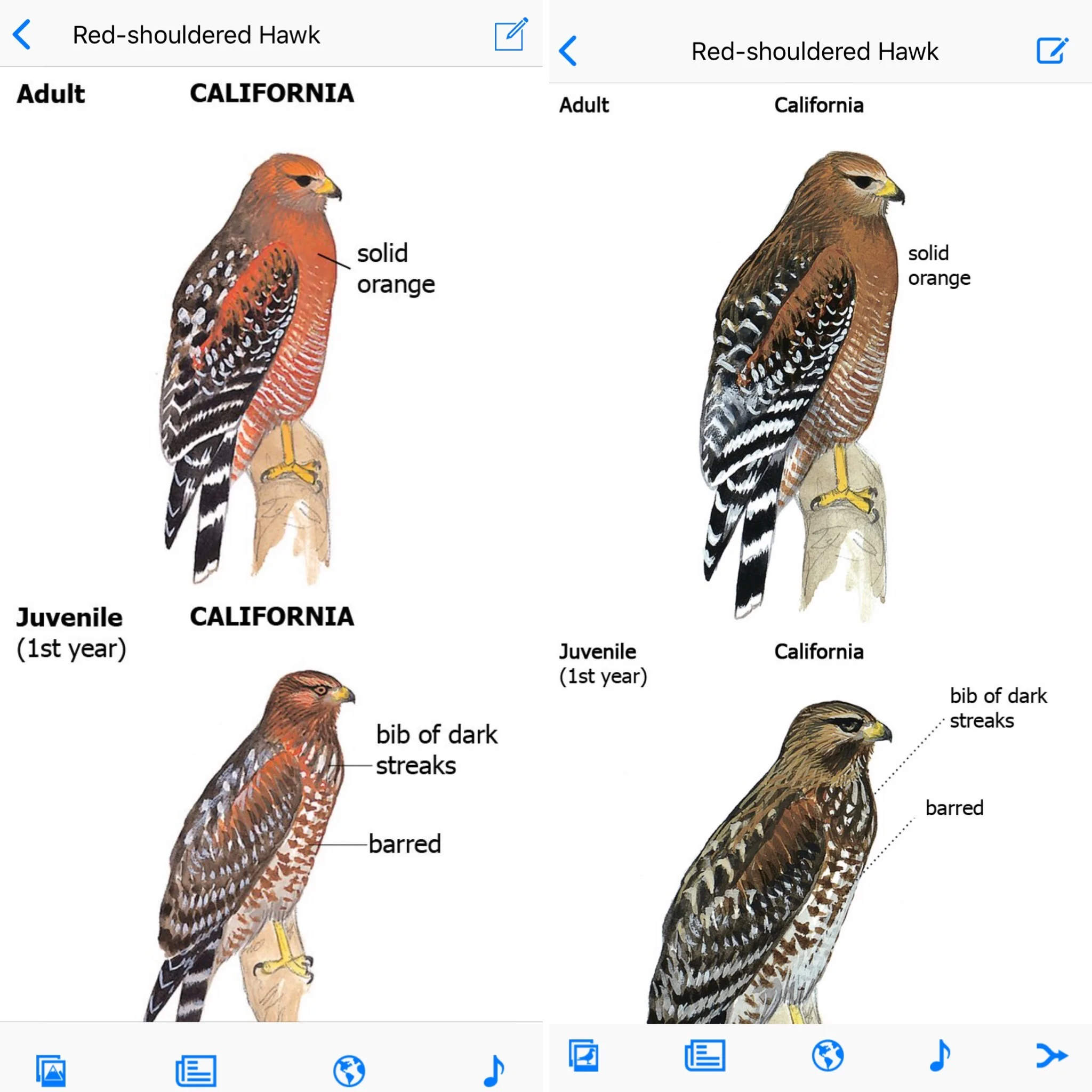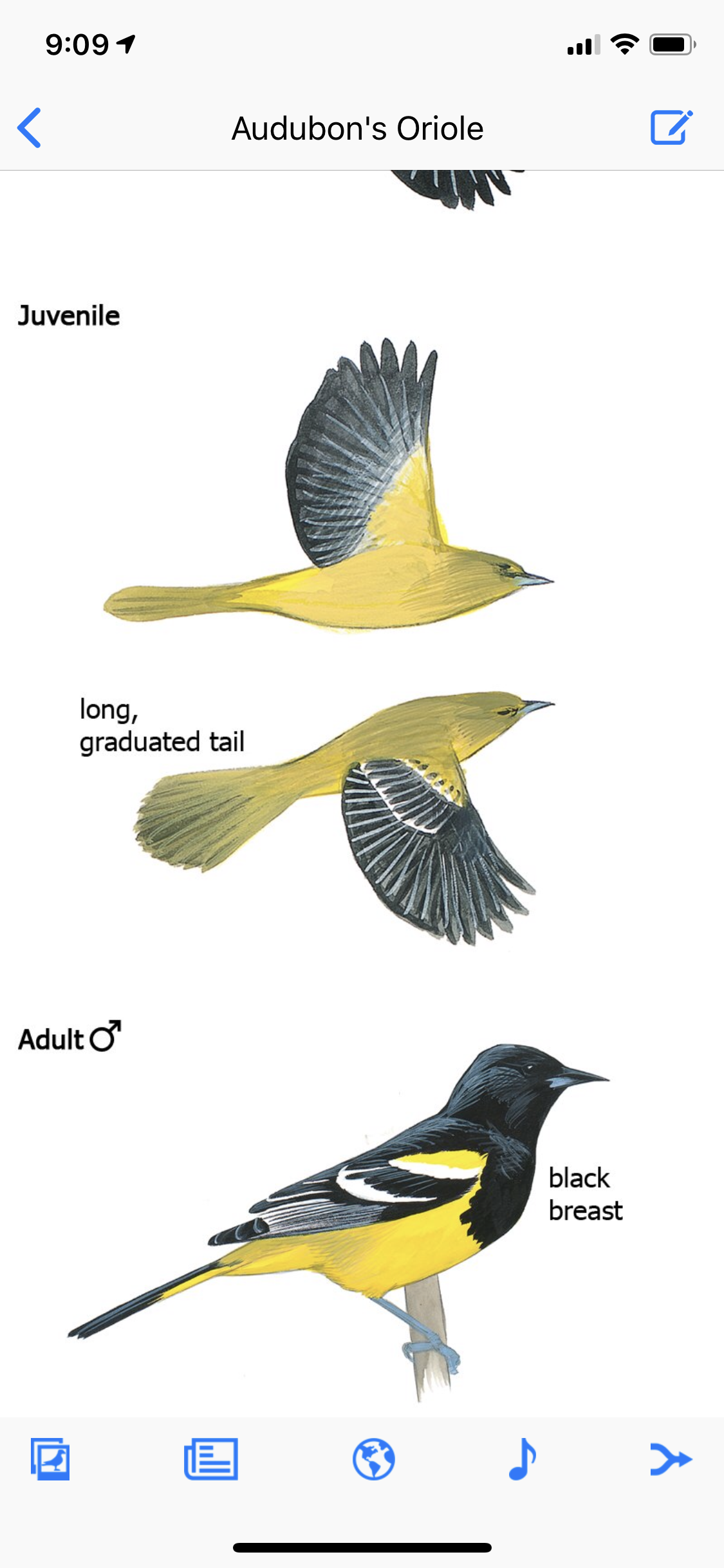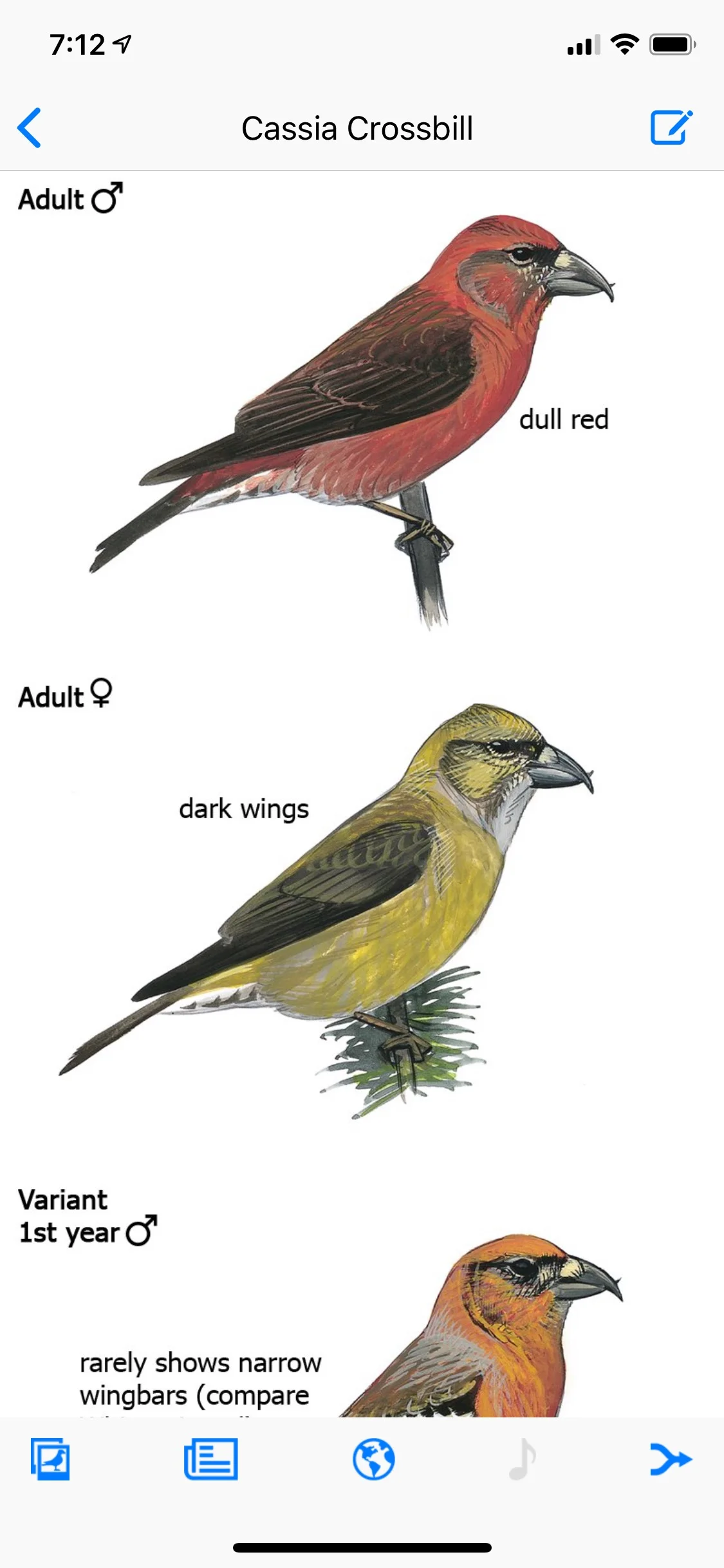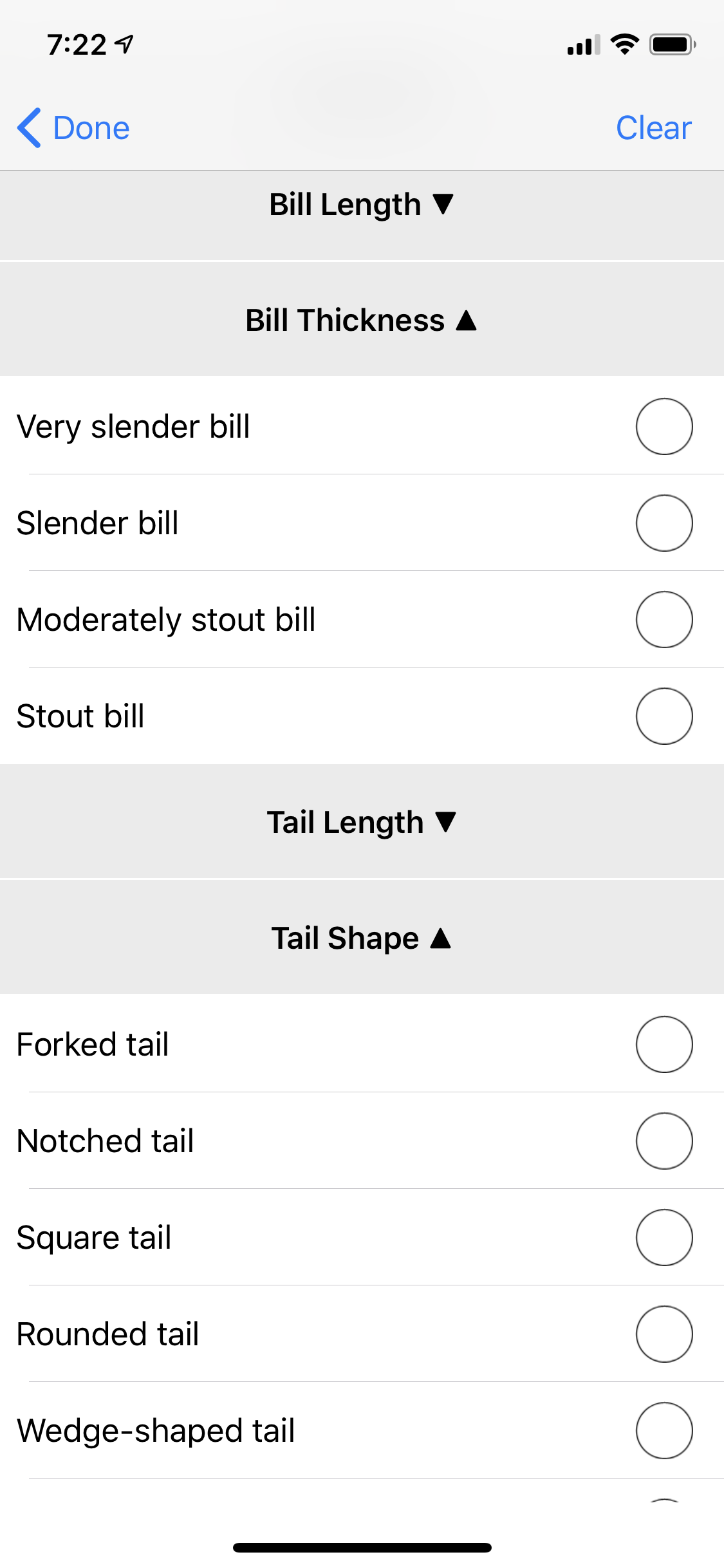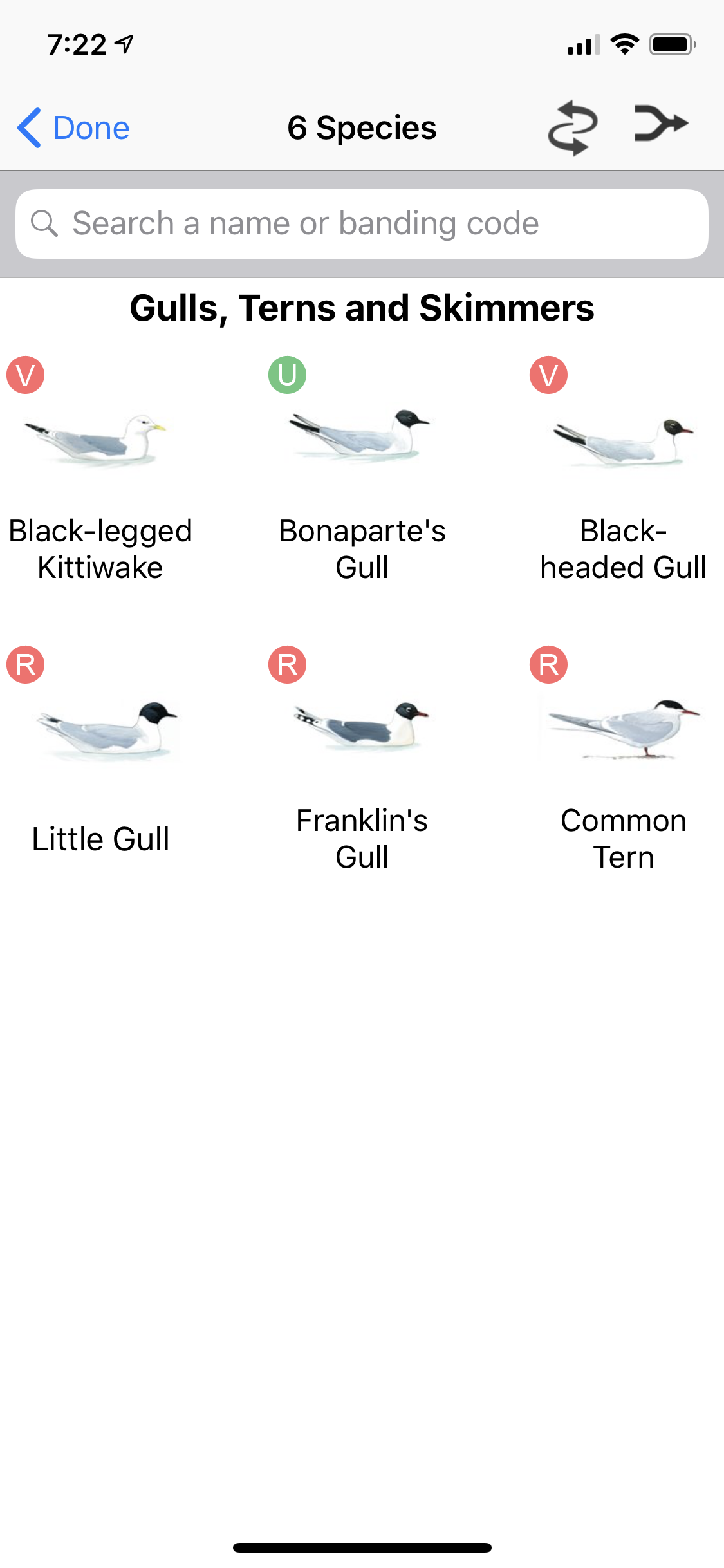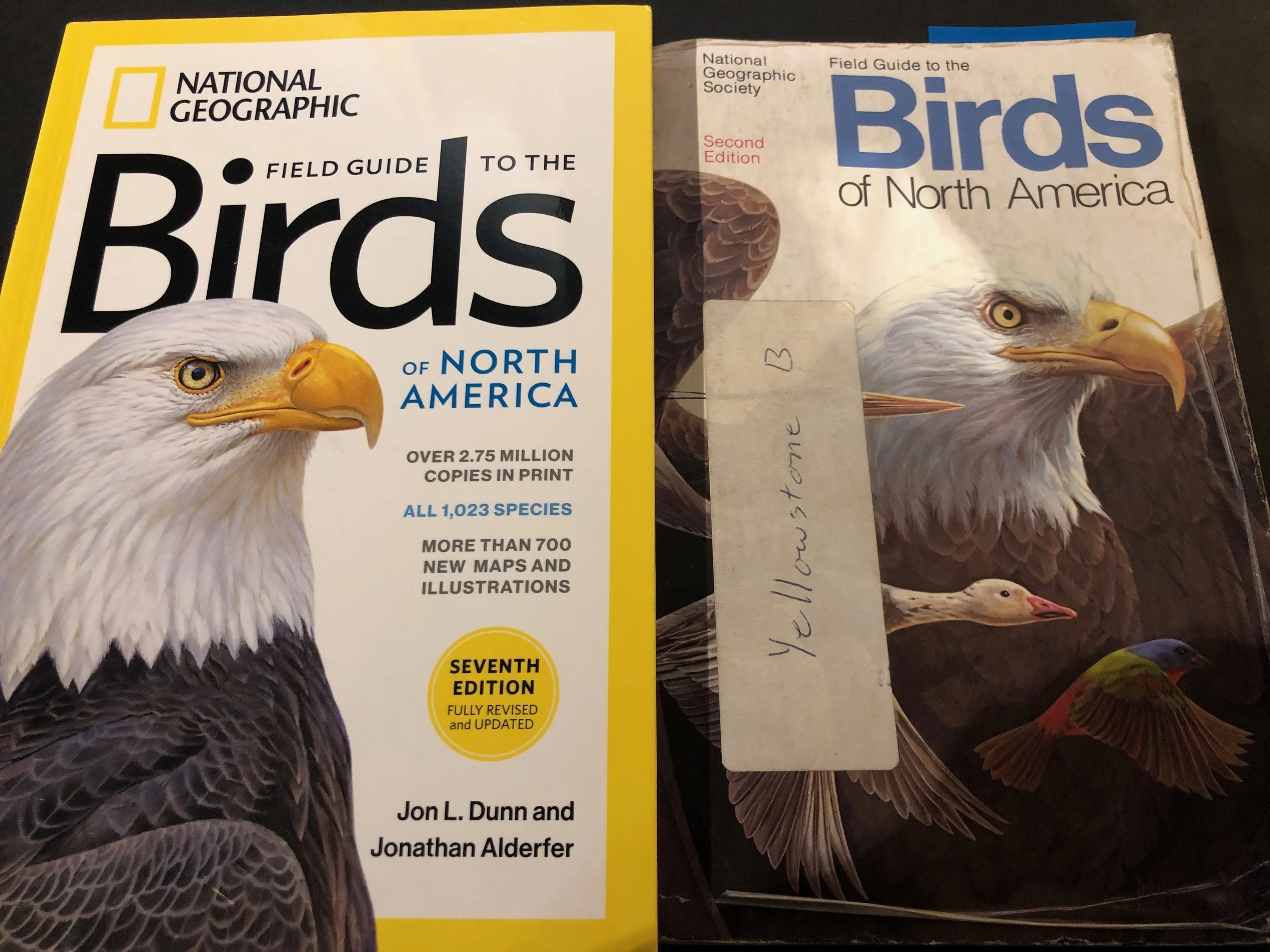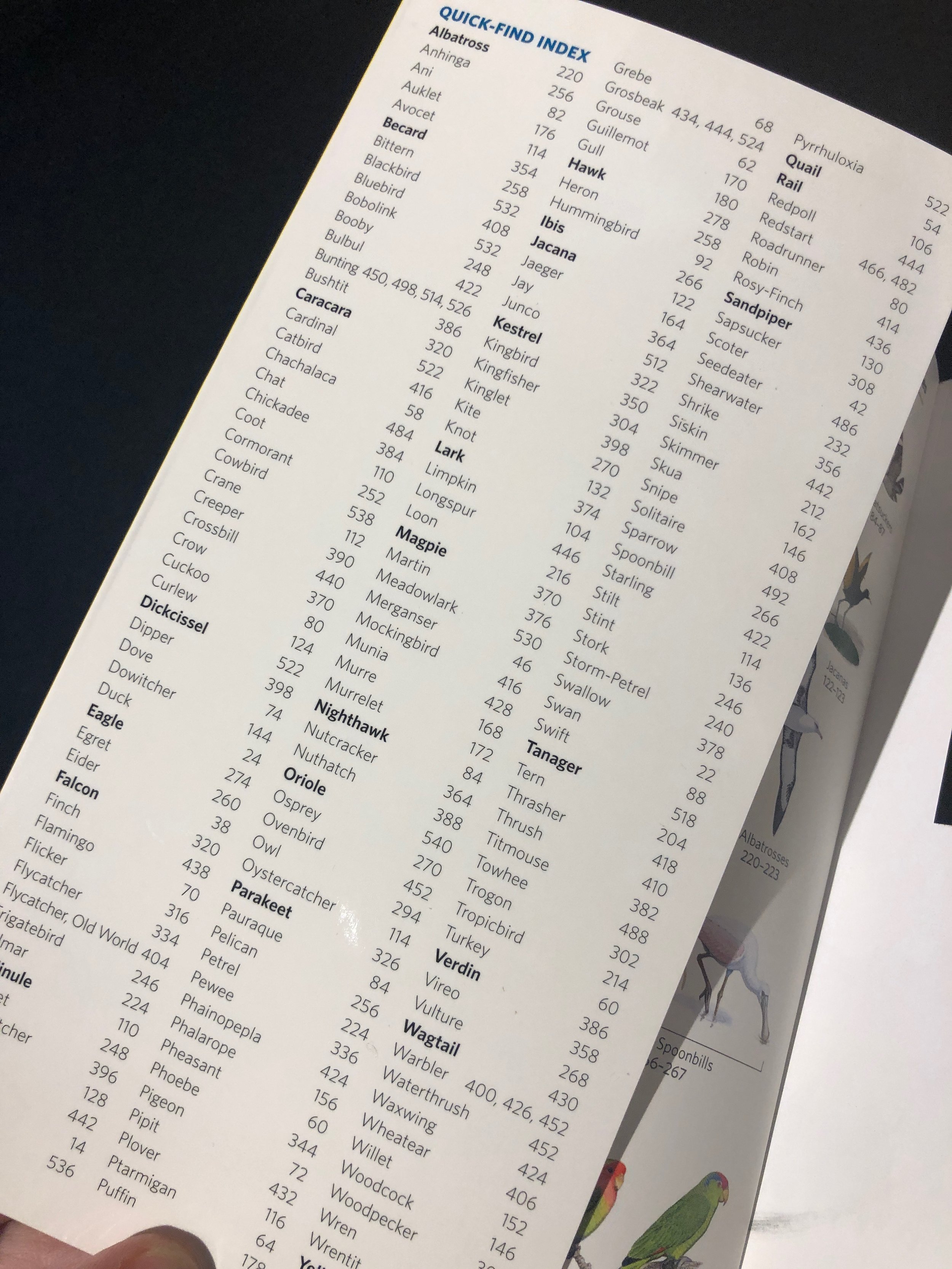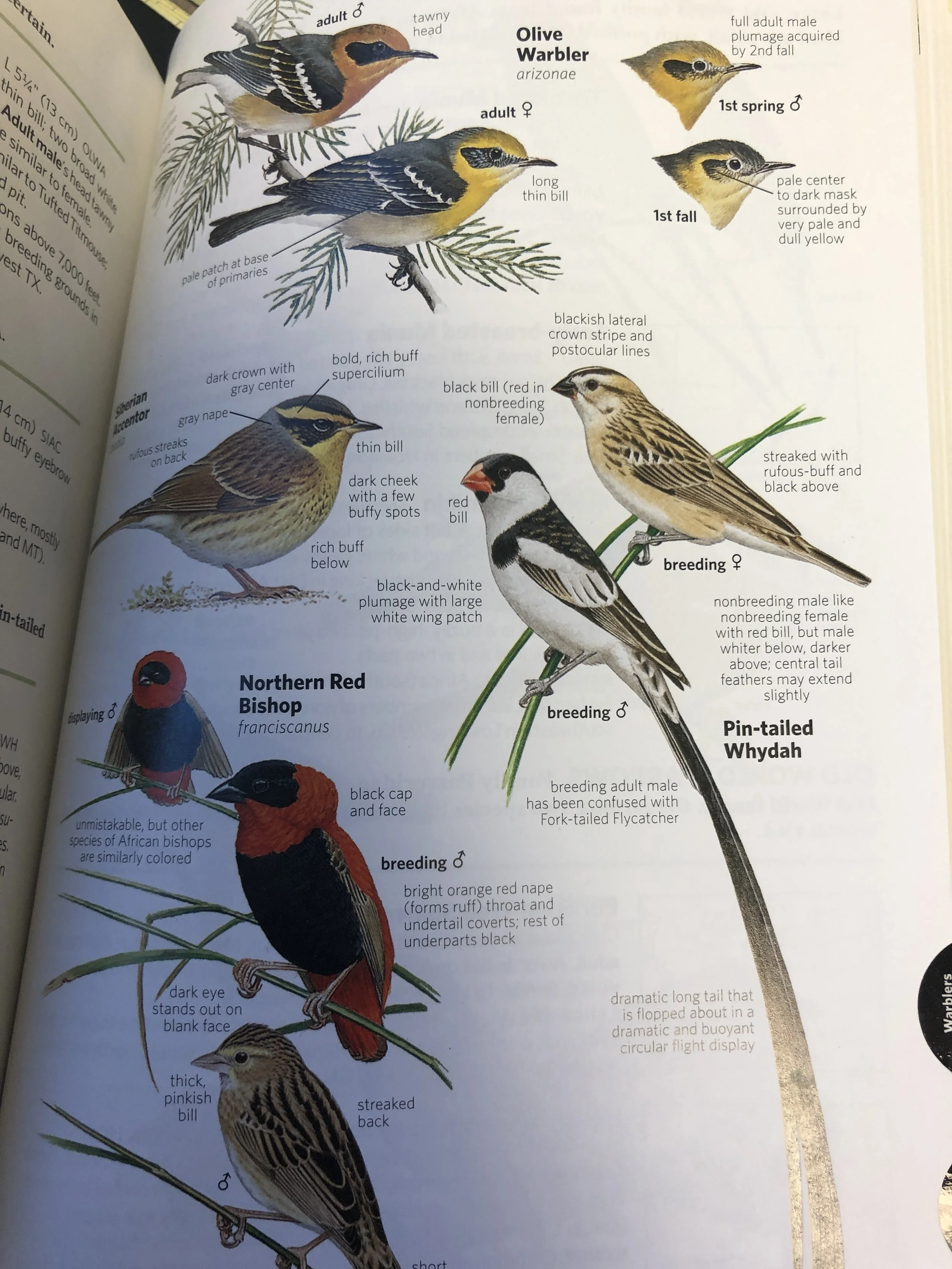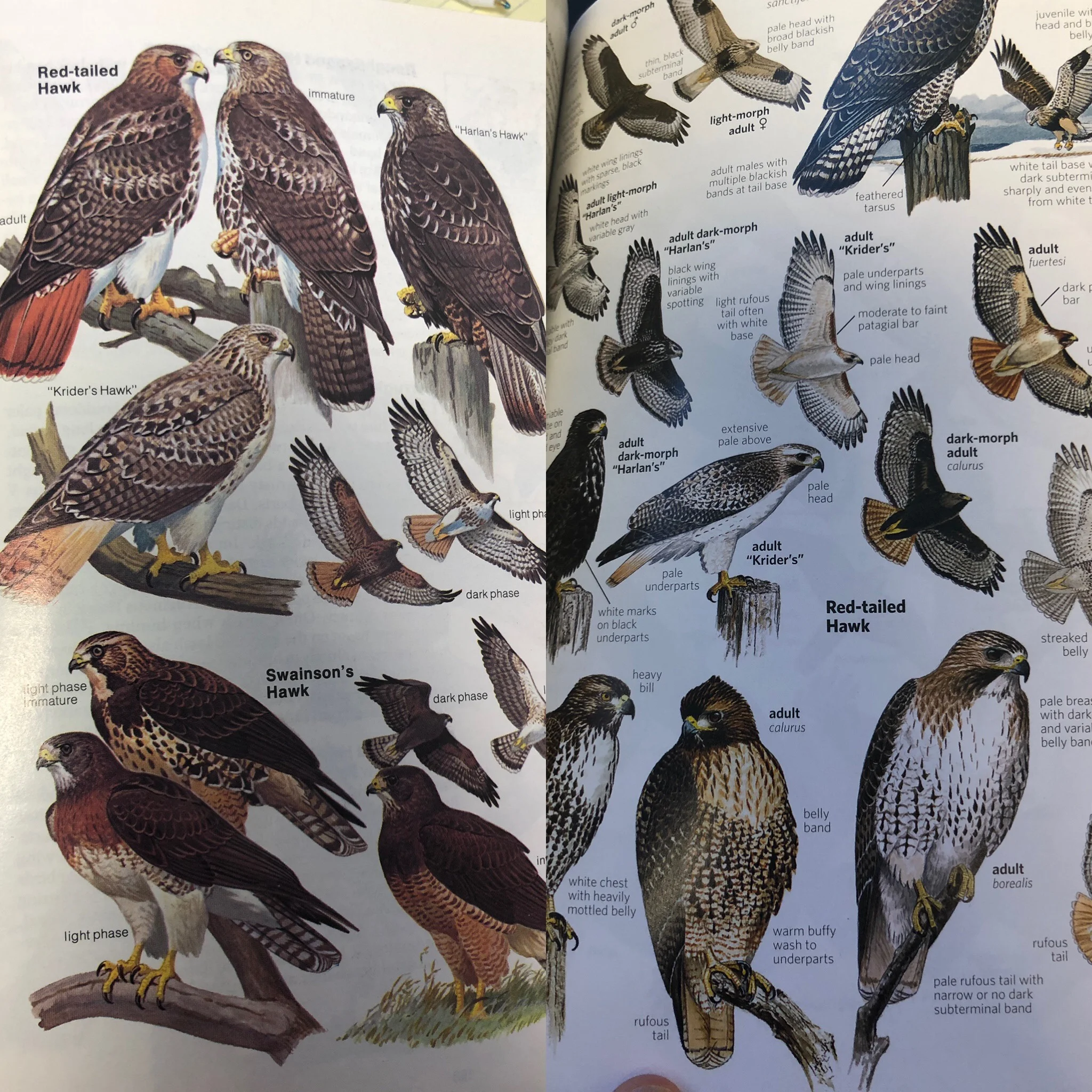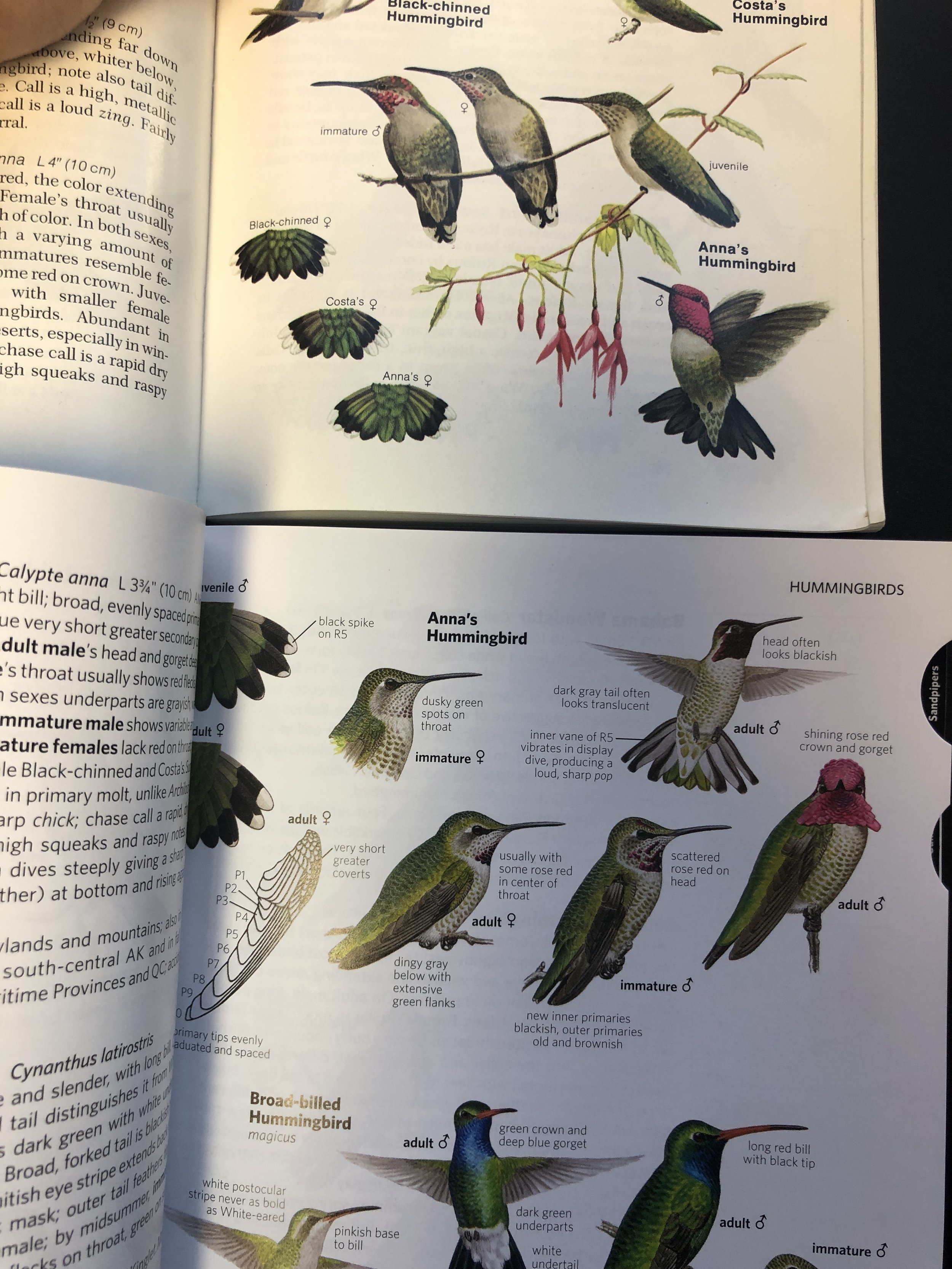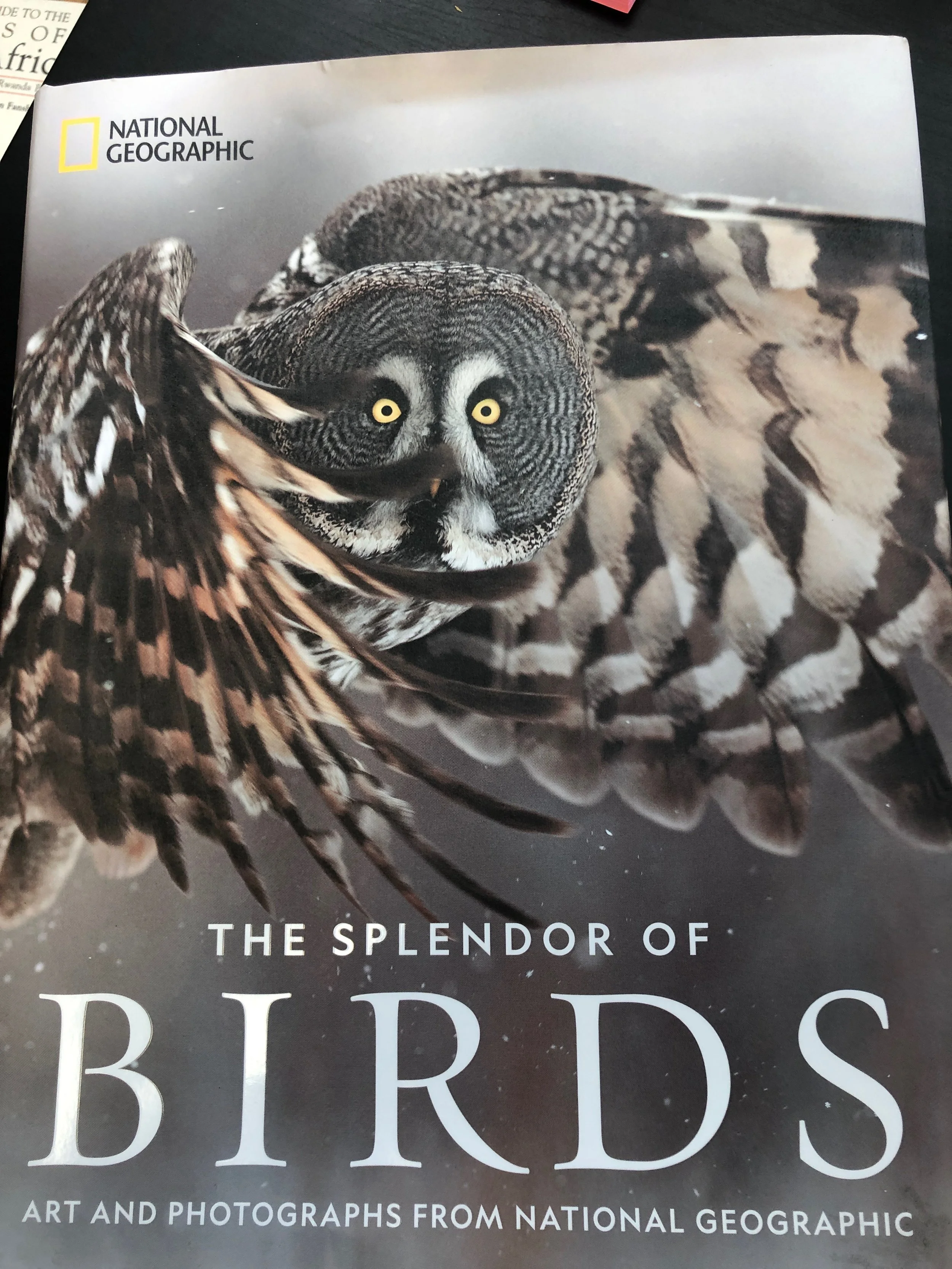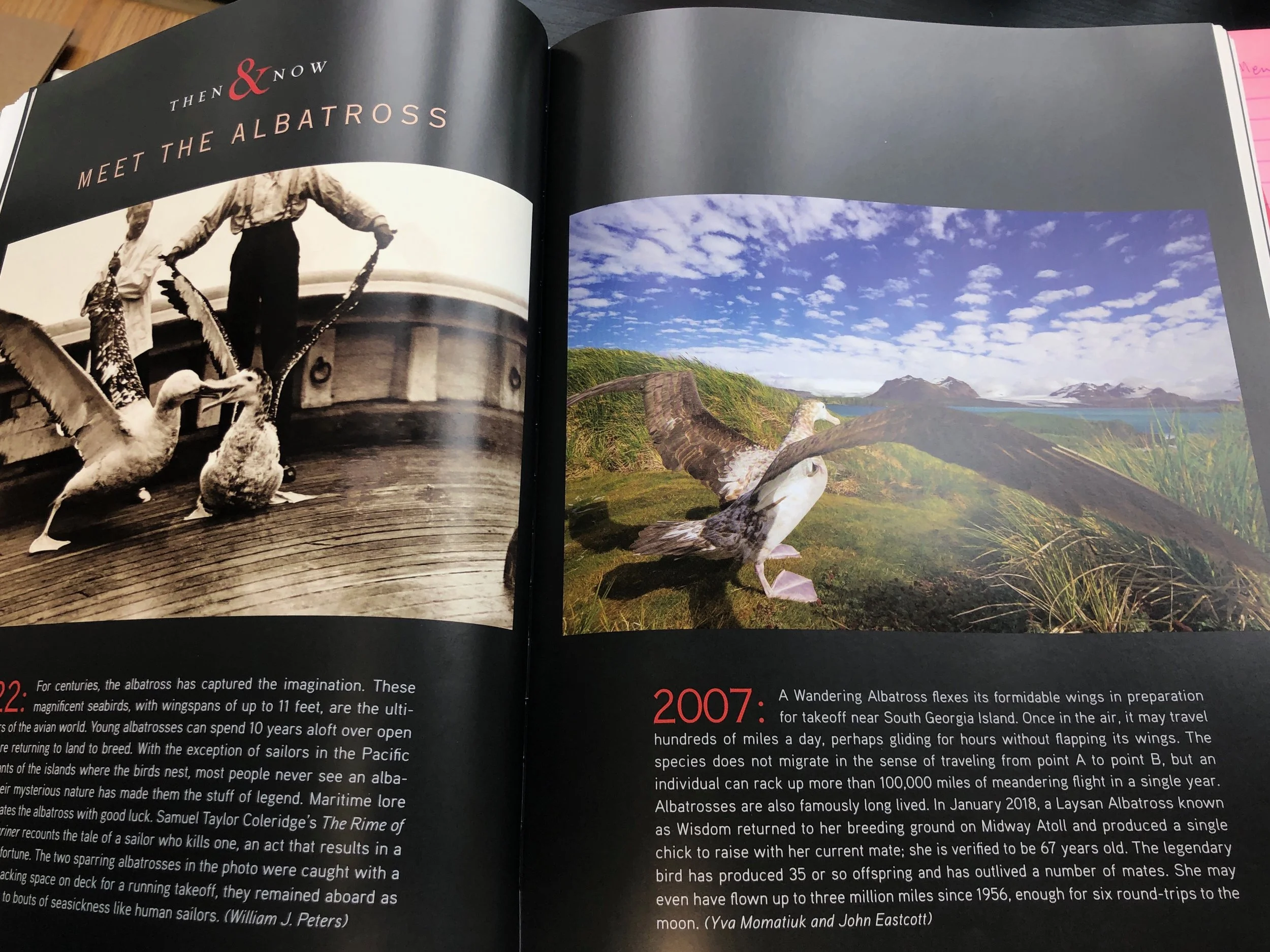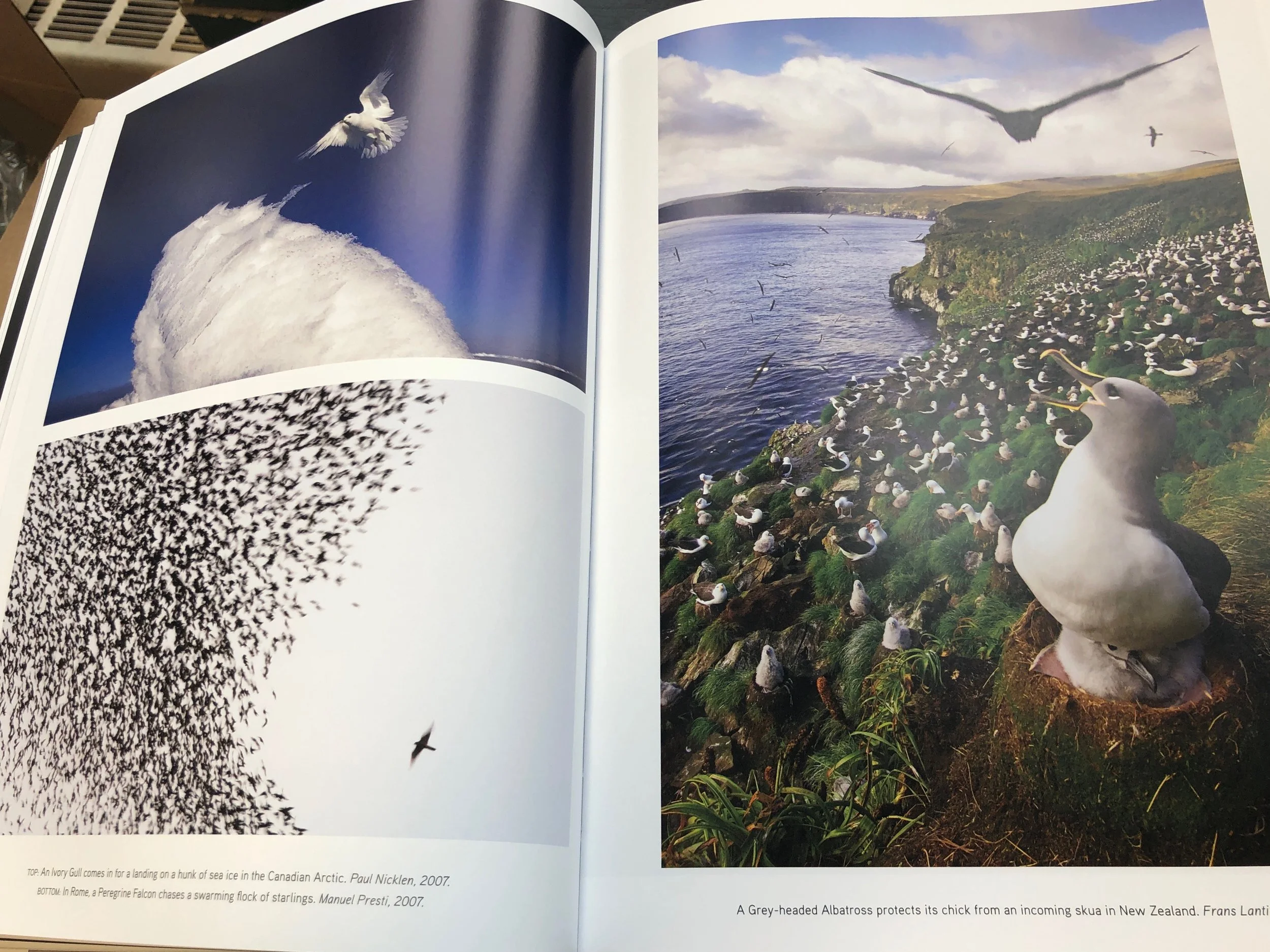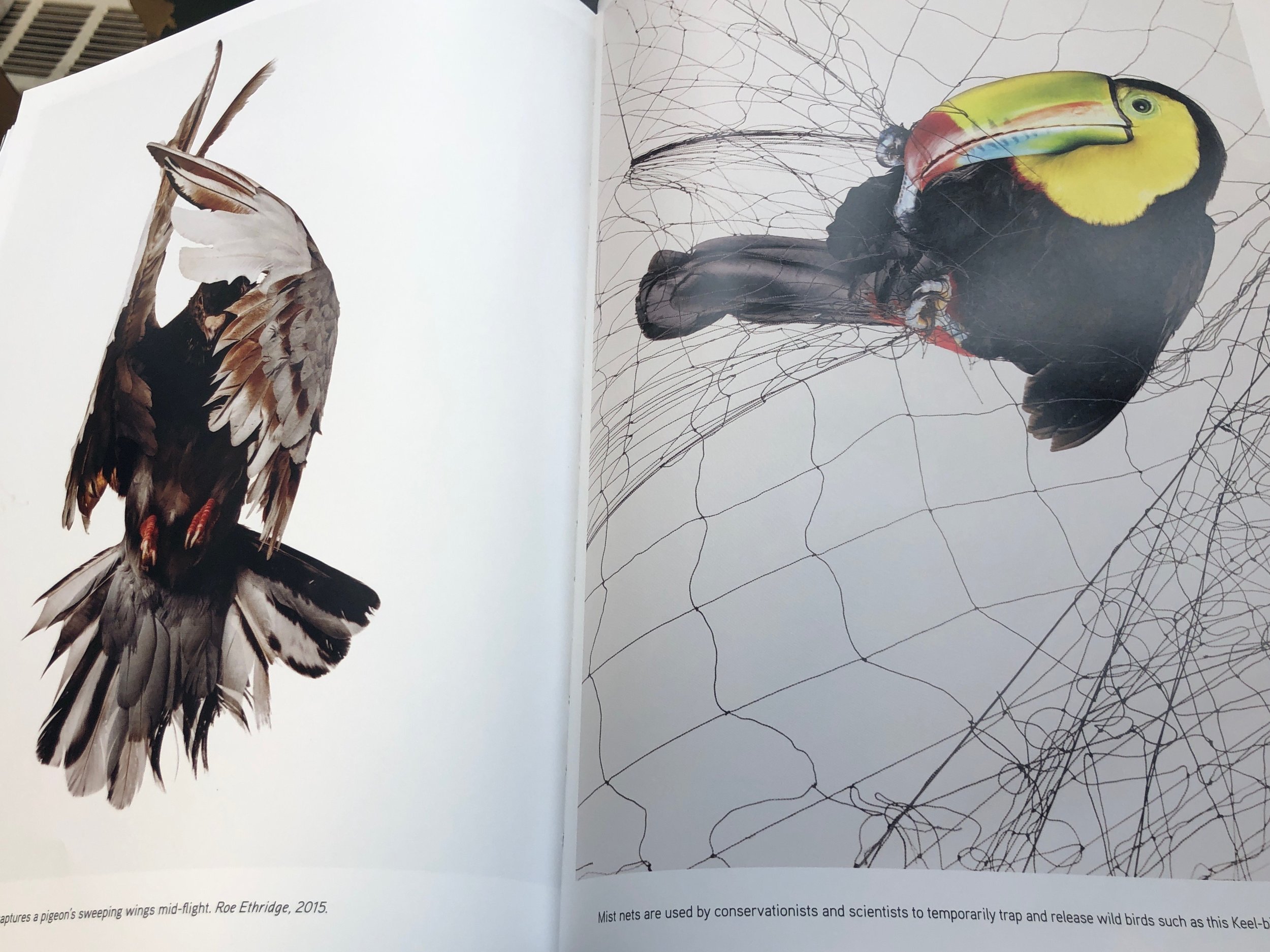UPDATE 1 : I received a notification from David Sibley himself! “"I can say right now to assure you that we are committed to updating and improving the app going forward.” So because of that I’m saying that you should purchase this app now, especially if you are reading it while it is at the discounted price of $9.99. Sibley assures the issues will be fixed soon!
UPDATE 2: I received an update to my iPhone app on November 22 and many of the problems pointed out in this review have been addressed. It appears emailing errors you find in the app can be addressed relatively quickly.
Poor David Sibley. He is an amazing artist who has gifted us with a revolutionary field guide. His publishers keep getting in the way of his outstanding art.
So…should you buy the Second Edition Sibley app? I honestly don’t know. UPDATED: YES!
Currently the app is in the iTunes store for $9.99. Word on the street is the price will go up in a month to either $19.99 to $29.99. Presumably they will fix these problems so getting it at a discount now is a good deal…though if they don’t…well…it’s a waste of money.
For years birders have been waiting for either an update or new Sibley app when his second edition came out in 2014. When that second edition Sibley came out there was a printing problem. Many of the birds were darker than they should be and the font was not great for older readers. This led to a recall and a second printing. Birders love the Sibley Guide and so have been anxiously awaiting the second edition in app form only to be told that it would be coming “soon.”
Finally, we all got updates in our Sibley apps on Friday directing us to an “update” which was a link to buy the 2nd edition. So I paid the $9.99 and downloaded it. I have a ritual for field guides where I look at my favorite bird pages first (don’t we all). One of those is the scarlet tanager. I especially wanted to check that because it was such a problem with that second edition first printing. I gasped and thought, “Oh no, they wouldn’t have been that foolish.”
The moment I knew My Digital Earth made a mistake. On the left the original Sibley app. On the right…the new seconded edition…
On the left the original Sibley app. On the right the new second edition Sibley…that is by no means the color “orange.”
Then I went to the red-shouldered hawk page and realized…the app company digitized the wrong printing…the one that had plates that were too dark. The one where the publisher issued a recall. How did this happen? Did no one pay attention to file names? Also as someone who is kind of anal about planning…how did Sibley, the editors, agents or even early reviewers not double check this?????
My Digital Earthy, I totally would have checked this first had you sent me a copy of the app to review.
But this isn’t the only problem. The scrolling is slow and clunky and has crashed while I used it. And then there are other issues…
I got Key West Qauil-dove in Cuba. I don’t thing anyone has gotten it in California.
Some of the maps are off. Especially birds that don’t have actual maps in the book. On the one hand that’s a nitpick…but if you’re using Sibley it’s because it’s a bird you can’t id and you need to nitpick.
Oh hey…that’s a Scott’s oriole on the Audubon oriole page…I’m guessing an intern who is not a birder got confused.
The Cassia crossbill is the same illustration as the red crossbill—because they look exactly alike. The only way to tell them apart is by call…which the Cassia doesn’t have in the app.
The new Sibley app has PROBLEMS. Some of these seem nit picky but here’s the deal…if you are using Sibley it’s because you want to be nit picky, you’re trying to figure out hard to id birds.
One thing I do like is the ability to search for species by banding code. I like that you can scroll by name or by image. I like that you can choose what month and how common birds are when you select what state you are in. And many of the smart search terms are put in a way that are easier for a new birder to understand. There’s a lot to like about this app.
Some of the “smart search” terms in the app.
You can now look at the list of birds with little pictures.
I’d like to assume that the app company is going to make updates. I’d like to think that advising you to purchase the app right now at the cheaper price and waiting until they make the necessary updates is better than waiting until everything is fixed and paying the higher price is better. But I just don’t know.
FYI most nature app companies send me their apps to review or at the very least send me press releases about what’s happening. I only knew about the forthcoming release of a new Sibley app because some birders were talking about seeing it on social media. When I purchased the app and I noticed the art problem I emailed My Digital Earth in the app. I didn’t get a response. However at least two birders (interestingly, both male) who pointed out the same thing I did posted screenshots or notes saying that the app developer confirmed they had indeed received the wrong printing to digitize and the app would be fixed in the near future—so presumably some edits are coming.
I don’t blame Sibley at all for this app. Clearly this is a publishing problem.
Can’t wait to talk about this app in my Tech Birding and Tech Nature classes.



